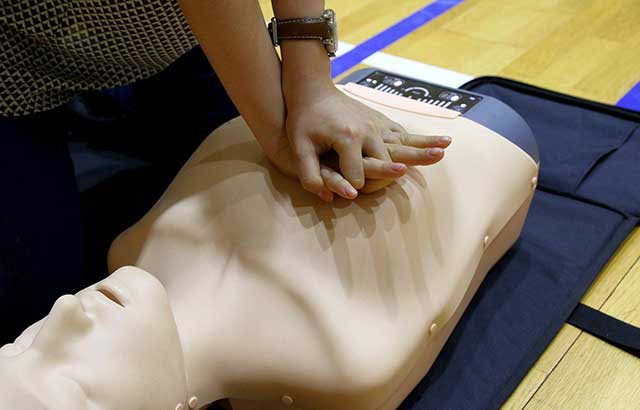Melanoma: The Deadliest Skin Cancer
Melanoma is a deadly type of skin cancer. Young people can get melanoma; in fact melanoma is the most common cancer among men and women 25-29 years old, and is the most common killer of young women aged 29-34. During the past 80 years, the risk of developing melanoma has increased 20-fold, and as of now, it is greater than 1 in 70. Although melanoma is curable if caught early, there are no effective treatments for advanced disease. More than 1 patient dies every hour from melanoma
Be Sun-Smart
A person’s lifetime risk of getting melanoma can double after as few as four sunburns. One way to reduce sunburn risk is to go outdoors in the morning or evening, and avoid the peak burning hours between 10 am and 4 pm. Sunscreen can be helpful during beach vacations and other activities with lots of sun exposure. However, sunscreen doesn’t always work as promised, because SPF ratings are based on applying a very thick layer – two or more times as much as most people use. Furthermore, it wears off after a couple of hours, and other creams like insect repellents can make sunscreen less effective. When using sunscreen, apply it generously to all exposed skin 45 minutes before going out, and then reapply frequently. For everyday outdoor activities like golf and gardening, hats and gloves are great because they protect the most important areas – the face and hands.
Melanoma ABCDEs
A: Asymmetry
(one side is not like the other)
B: Border irregularity
(not uniformly round)
C: Colors
(more than one)
D: Diameter
(larger than a pencil eraser)
E: Evolving
(changing over time)
Other Factors that Increase Melanoma Risk
Aside from sunburns, other factors that increase melanoma risk include blond or red hair, large numbers of moles and freckles, and family history of melanoma or other skin cancer.
Odd Moles
If you find an odd mole, or if you have a higher risk of melanoma, it may be helpful to have your skin examined by a dermatologist. A dermatologist may examine moles with a hand-held device called a dermoscope, a microscope with special lights that illuminate the pigment pattern directly underneath the skin. The pattern can help identify which moles are potentially dangerous and should be biopsied.










